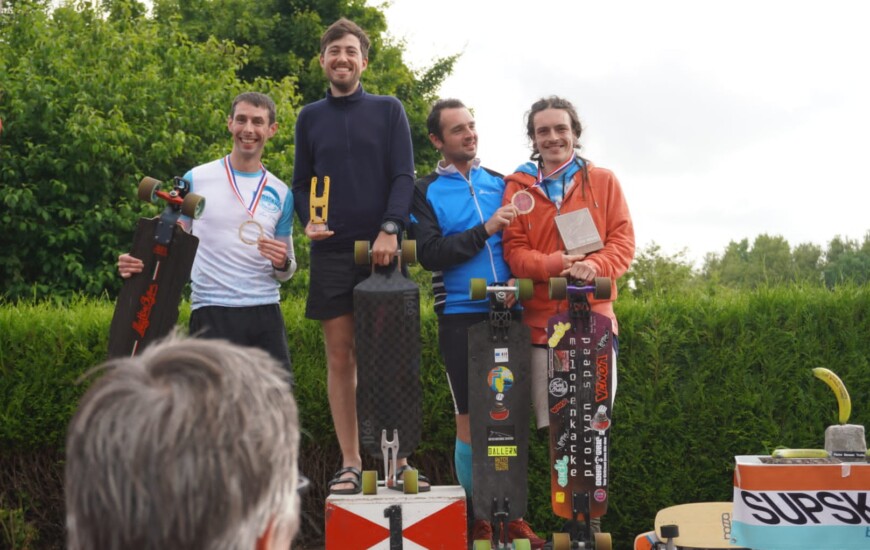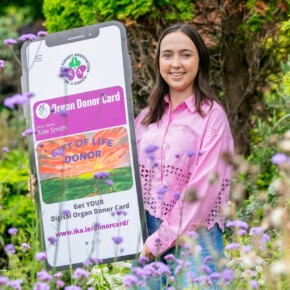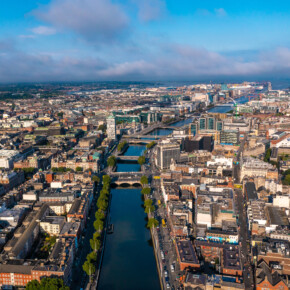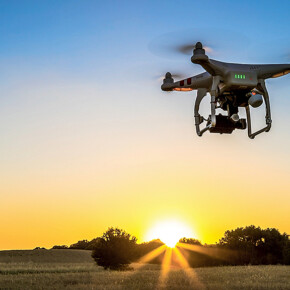Bayside man’s 24 hour skate race puts him on the board
Gary Ibbotson 04 Aug 2022
At about the 10 hour mark, Paul McMahon’s calves began turning into “concrete” and his toes became numb.
“I was really feeling it,” he said. “My calves were 100% saturated with lactic acid.”
This wasn’t an ultra-marathon running race, nor was it a cycling tour.
It was skateboarding. The Dutch Ultraskate to be accurate.
The gruelling race challenges its competitors to skate as many miles as they can in 24 hours.
For Paul McMahon from Bayside, that meant never stepping off his board, never taking a break.
“I didn’t stop for 24 hours,” he says.
“My girlfriend Nicole would be at the side of track giving me water, or a drink with carbohydrates in it.
“I would then throw the bottle back to her when I was done and collect a fresh one.”
For McMahon, competing in the Dutch Ultraskate was a years long ambition, one that began when he was young.
“I started skating when I was six years old,” he says.
“In 2012, I got into downhill skating, basically going 50mph down mountains.”
It was around this time that McMahon found out about long-distance skating on flat surfaces, something that he did for fun in his local park.
“There was this Irish company that made skateboards,” he says.
“One of the guys who worked for the company did a charity skate where he travelled 11,000 kilometres over two weeks.”
McMahon began building a relationship with the company which ended up with him designing a board for them.
“I study carpentry and woodworking and I enjoy creating things,” he says.
“Unfortunately, I don’t work for the company anymore as they’ve moved to Germany.”
At this stage, McMahon says he was getting interested in competing in long distance skating events, practicing constantly and using his skateboard as his primary mode of transport.
“I go everywhere on my skateboard,” he says.
“It’s basically all I use to get anywhere.”
Unlike a similar event held in Miami every year, the Dutch Ultraskate is restricted to 100 competitors due to the size and width of the track.
This means that merely registering for the race is a competition.
“In 2018, I was just too late,” he says.

Skaters pose for a photo before the beginning of the race. Paul McMahon is on the extreme left.
In 2019, McMahon was ready on the day but once again, places were taken up “within seconds,” he says.
“Then of course, there was no Ultraskate in 2020 or 2021 so I had to wait until 2022.”
This time however, McMahon was successful and officially became the first Irish person ever to compete in the strenuous 24 hour race.
On the lead up to the event, the 23-year old would train daily, preparing his body for the mammoth task ahead.
“For three months, I made sure I skated at least 10 kilometres every day.
“I done 66 kilometres in three hours,” he says. “I would do marathon-sized skates regularly.”
The course on which the Dutch Ultraskate is held is usually a 3.15 kilometre cycle track which is lent out to Dutch Distance Skaters every summer for their marquee event.
Every skater ties a GPS tracker to their ankle which syncs up to a sensor on the finish line to record how many miles they skate.
On the day, McMahon says he was hoping for a top 12 or 10 finish.
In reality, however, McMahon had underestimated himself. Drastically.
“On the 21 hour mark one of the organisers came up to me and said that I was in first place,” he said.
“I hadn’t realised at all.
“We had 10 millimetres of rain between midnight and 4am and I think that affected some of the skaters,” he says.
However, the pain and stress on his feet, legs, and groin began to impact his performance, and his pace started to drop.
“Unfortunately, I was lapped by the eventual winner and then again by another guy,” he says.
“Overall, I finished in third place after skating 260 miles, or 133 laps.
“To give some context, that’s about the distance between Dingle and Newry,” he says.
McMahon says he was delighted with his performance and is determined to hit the 300 mile mark next year.
“When you get past the 250 mile mark, you get a plaque and you’re now in the 250 mile club,” he says.
“I really want to get into the 300 mile club.”
McMahon says his recovery after the race was long and arduous – to the extent where it was difficult to stand up.
“The muscles in my feet and ankles were so shot that I couldn’t grip, so I would just fall over if I stood up without support.
“I also didn’t have the ability to bend my legs.
“It took about seven to 10 days for me to feel back to normal again,” he says.
McMahon says to his knowledge, he’s the only person in Ireland competing in long distance skateboarding, something that he would like to change.
“There’s a fairly big community for downhill skating but not for long distance,” he says.
Apart from Ultraskate events, groups around the world also hold 5 kilometre races, middle distance races, and marathons.
“There’s one cycling track in Corcaigh Park in Clondalkin and I would love to host an event there and get people into it,” he says.
“It would be great to try and grow the sport.”











